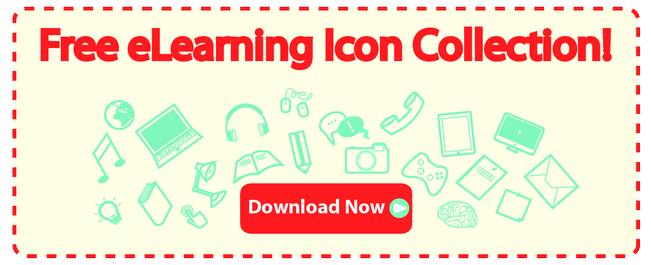The Year of Responsive Design
Responsive design is more than just a passing trend. The concept was introduced a few years ago but prevailed as one of this year’s top design issues. Everyone, from web designers to marketers, began to see the value of adopting the design principle.
When Ethan Marcotte first introduced the concept, he said, “Responsive design is not about ‘designing for mobile’. But it’s not about ‘designing for the desktop’, either. Rather, it’s about adopting a more flexible, device-agnostic approach to designing for the web.”
A responsive web design approach, without a doubt, accommodates the needs of users regardless of the device they’re using.
HTML5 is the New Language of the New Web
You probably know by now that HTML is the markup language used to create a website. That language has undergone several developers over the years. Features were modified and elements were added or removed to make the web a better, more efficiently medium.
HTML5 is the fifth version of that language. It simplified a lot of things and introduced a ton of new features including the ability to make content editable, allow advanced browsers to remember typing history, and handle medial files straight out of the code.
Take note that HTML5 and responsive web design are not interchangeable.
BYOD (Bring Your Own Device) is Rising
BYOD basically means allowing your employees or members of the organization to personally use their own mobile devices in the workplace.
In online training, BYOD further empowers learners who prefer to use their own devices—tools they are already familiar with—to stay connected. Schools and universities already recognized that students will be using their phones and tablets anyway.
Content Curation Becomes a Necessary Skill
“Curation,” said IDEO founder David Kelley, “is an important skill to develop, especially in an environment in which more and more organizations shift towards self-directed learning for their workers. Now is the time for learning and performance professionals to develop this new skill set.”
But what exactly is curation? Its definition has expended in the recent years, especially since the shift to digital information. To put it simply, content curation is a process of selecting and sorting through the copious amount of digital content, and presenting or arranging it in a meaningful way.
In the field of eLearning, content curation deals with aggregating, distilling and organizing to serve learning goals.
Gamification Will Continue to Grow
Gamification expert Karl Kapp said it best: “The future of eLearning cannot be boring courses lacking engagement or emotional response. Instead they need to be interactive, engaging, and full of passion and enthusiasm. In short, the future of eLearning must include games and gamification. Games provide a ‘built-in’ level of interactivity and engagement.”
Research has shown again and again how important gamification in learning new skills and knowledge. When Traci Sitzmann, an assistant professor of management at the University of Colorado’s business school, conducted a study to analyze the instructional effectiveness of computer-based simulation games, she found significant success. Learners who were exposed to gamified learning scored 14 percent more in terms of skill-based knowledge level. They got 11 percent higher factual-knowledge level, and 9 percent higher retention rate.
EPUB as a Publishing Format
There’s a broad range of software and hardware that enables users to read digital books. ReadMill, Calibre, Marvin, Google Books, Firefox EPUB Extension, Magical Scroll and Kindle app are just some of the most popular software. Dedicated electronic readers such as Kindle, Nook, Kobo, and as well as tablets made by Apple and Google are popular hardware. All of them, except for Kindle apps and Kindle device, use a free and open electronic book standard called EPUB.
The latest version of this publishing tool, EPUB3, is also widely used by most digital booksellers. In fact, the Association of American Publishers had undertake a major project to speed up the adoption of EPUB3. The reason behind it simple. EPUB3 lowers the cost of production and delivery of books to several devices and software readers are already using. Readers can also convert files easily to EPUB and read it on screens of all types and sizes.





